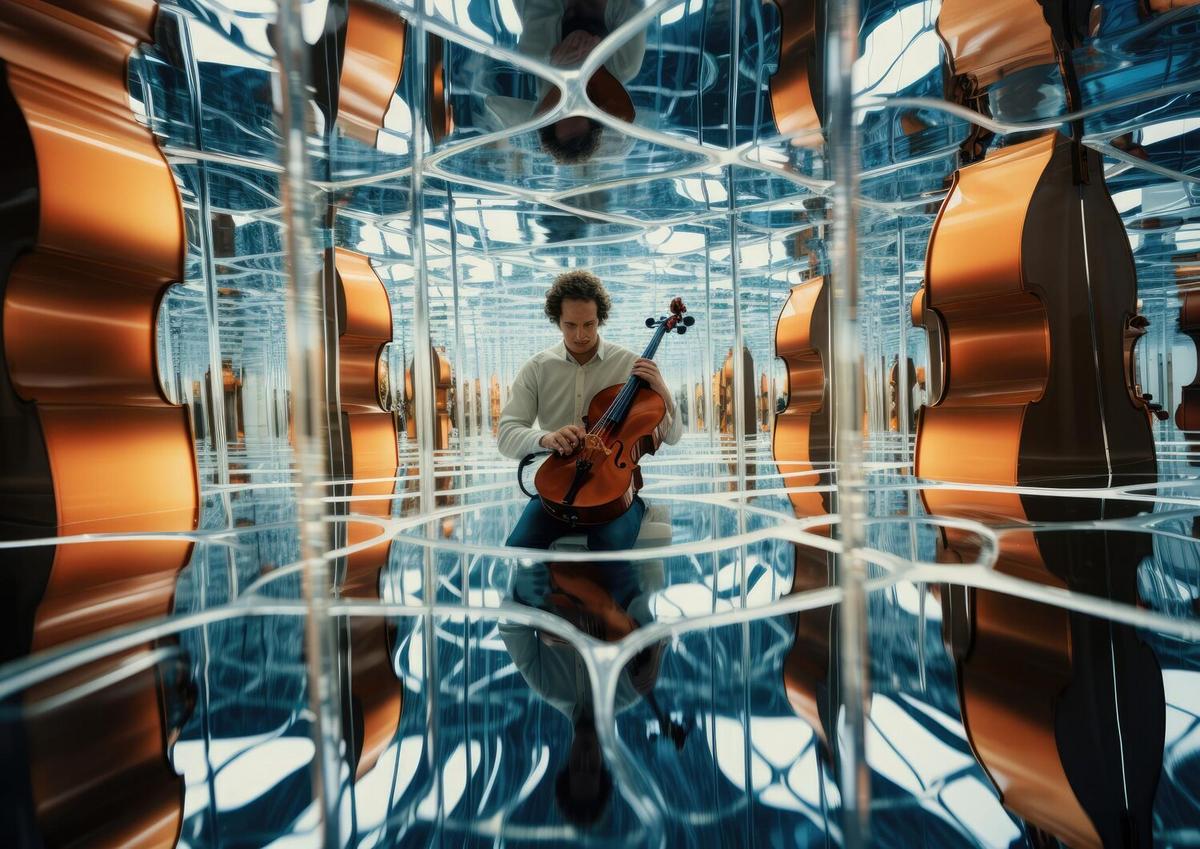As the digital landscape rapidly evolves, the world of performing arts education faces new opportunities and challenges. The integration of technology into traditional teaching methods is reshaping how students learn and engage with the arts, promising a future that is both innovative and accessible.
The intersection of performing arts and digital technology is not just a trend; it’s an evolution that educators and students are keenly embracing. According to a report by the National Endowment for the Arts, the use of digital tools in arts education has increased by 30% over the past five years. This significant shift is opening doors for remote learning, virtual performances, and interactive workshops that were previously unimaginable.
Expert Insights on Digital Arts Education
Renowned theater director Emma Thompson highlights how digital platforms are democratizing access to arts education. “Technology is breaking down barriers,” she notes, “allowing students from diverse backgrounds to explore their creative potential without geographical limitations.” This sentiment is echoed by many educators who see digital tools as a means to enhance the learning experience.
Statistics and Trends
The rise of digital arts education is supported by compelling data. A study from the Arts Education Partnership found that 75% of arts educators now incorporate digital tools into their curriculum. Furthermore, online arts courses have seen a 40% increase in enrollment, indicating a growing demand for flexible learning options.
Real-World Examples
Take the case of Mark, a dance instructor who transitioned to online classes during the pandemic. By utilizing video conferencing platforms, Mark was able to reach students across the globe, offering personalized feedback and fostering a sense of community despite the physical distance.
Actionable Tips for Educators
- Leverage technology to create engaging and interactive lessons. Tools like virtual reality can immerse students in performances and enhance their understanding of stage dynamics.
- Encourage collaboration through digital platforms. Students can work on projects together, regardless of location, using tools like shared document editors and video chat.
- Stay updated with the latest digital trends and tools to continually enhance the curriculum and meet students’ evolving needs.
Comparison Table: Traditional vs. Digital Arts Education
| Aspect | Traditional Education | Digital Education |
|---|---|---|
| Access | Limited to location | Global reach |
| Cost | Higher due to physical resources | Often lower with digital tools |
| Interaction | Face-to-face | Virtual interactions |
| Flexibility | Fixed schedule | Flexible learning pace |
| Resources | Physical materials | Digital tools and platforms |
| Collaboration | In-person group work | Online collaboration tools |
| Feedback | In-person critique | Virtual feedback sessions |
| Performance | Live shows | Virtual performances |
Frequently Asked Questions
How can digital tools enhance arts education?
Digital tools offer new ways to engage with content, provide flexible learning options, and enable global collaboration.
Are there any drawbacks to digital arts education?
Some challenges include the need for reliable internet access and the potential for reduced hands-on practice.
In conclusion, the future of performing arts education in a digital world is promising and full of potential. By embracing technology, educators can offer more inclusive and innovative learning experiences. As the digital landscape continues to evolve, staying informed and adaptable will be key to navigating this exciting new era.




Leave a Reply